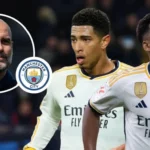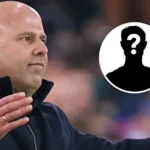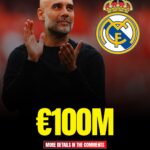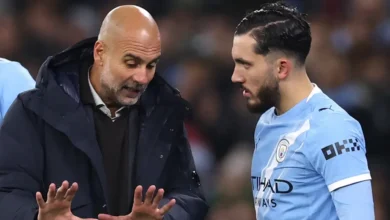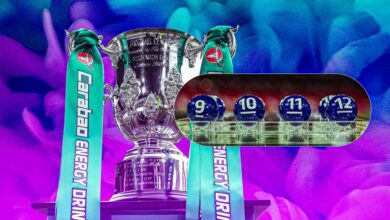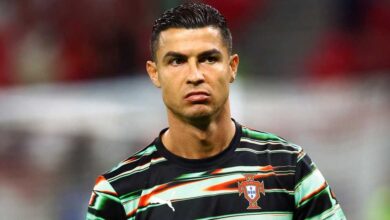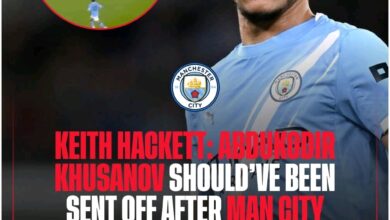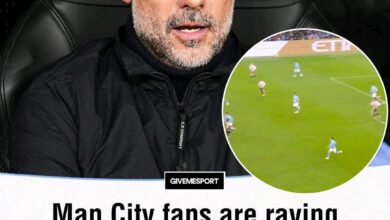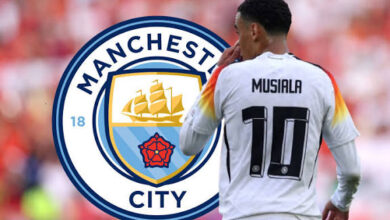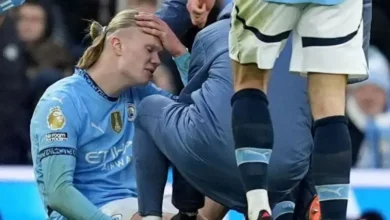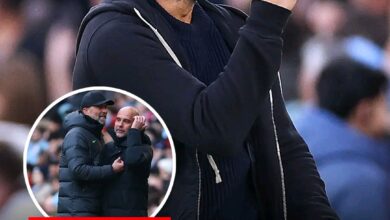Pep Guardiola tells Man City to send ‘incredible’ star to Real Madrid in blockbuster swap deal
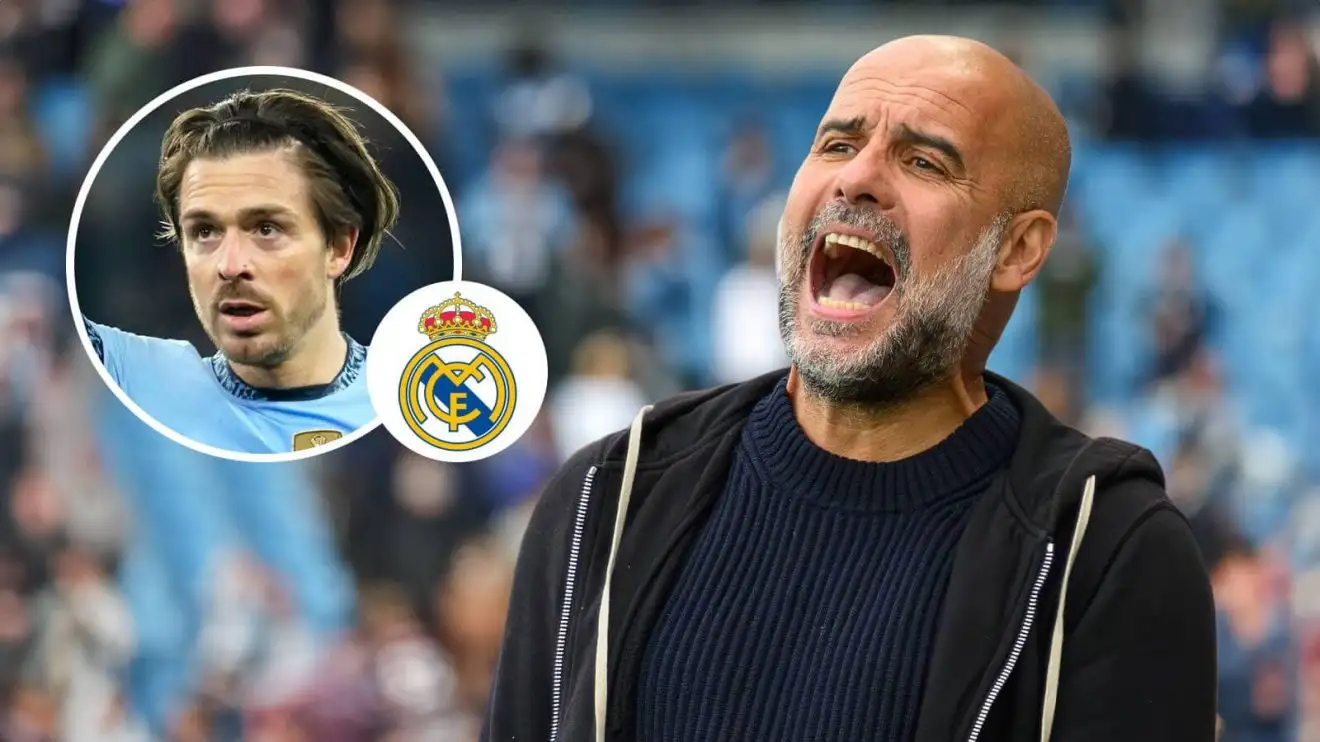
European football’s summer transfer window has witnessed countless blockbuster deals, but few potential moves have captured the imagination quite like the proposed swap deal between Manchester City and Real Madrid involving Jack Grealish and Rodrygo. This ambitious exchange represents more than just a simple player trade – it embodies the evolving strategies of two footballing superpowers seeking redemption after disappointing campaigns.
The 2024/25 season proved to be a humbling experience for both Manchester City and Real Madrid, two clubs accustomed to collecting silverware with remarkable consistency. For Los Blancos, the pain was particularly acute as they failed to secure La Liga, the Champions League, or the Copa del Rey – a rare trophy-less campaign that sent shockwaves through the Santiago Bernabéu. Meanwhile, Manchester City’s struggles were equally dramatic, requiring a final-day victory just to secure a top-five Premier League finish and suffering the indignity of losing the FA Cup final to Crystal Palace.
These setbacks have prompted both clubs to reassess their squads, leading to what could become one of the most intriguing transfer sagas in recent memory. At the heart of this potential deal lies Pep Guardiola’s desire to acquire Rodrygo Goes, the Brazilian sensation who has become one of Real Madrid’s most prized assets, in exchange for Jack Grealish, the English international whose Manchester City career has been marked by both brilliance and frustration.
The Grealish Conundrum: From Record Signing to Potential Departure
Jack Grealish’s journey at Manchester City represents one of modern football’s most complex narratives. When City splashed out £100 million to secure his services from Aston Villa in 2021, expectations were astronomical. The fee made him the most expensive British player in history, and supporters anticipated that his arrival would add another dimension to City’s already formidable attack.
However, Grealish’s time at the Etihad Stadium has been characterized by flashes of brilliance interspersed with periods of inconsistency. While Guardiola has publicly praised the 29-year-old as “an unbelievable player,” his recent exclusion from the Club World Cup squad speaks volumes about the Catalan manager’s current thinking. This omission represents a significant statement of intent, suggesting that Guardiola is actively planning for a future that may not include the former Aston Villa captain.
The England international’s situation has become increasingly precarious as younger, more dynamic players have emerged within City’s system. His traditional style of play, characterized by holding possession and drawing fouls, has sometimes clashed with the high-intensity, direct approach that Guardiola has increasingly favored in crucial matches. Despite his undeniable technical ability and creativity, Grealish has struggled to consistently deliver the match-winning performances that his price tag demanded.
Interest from Premier League clubs, particularly Everton and Newcastle United, demonstrates that Grealish remains a coveted player despite his struggles for regular starting opportunities at City. Both clubs view him as a potential catalyst for their respective ambitions, with his Premier League experience and proven ability to perform at the highest level making him an attractive proposition.
The financial implications of Grealish’s potential departure are significant for Manchester City. While they are unlikely to recoup the full £100 million investment, his sale or exchange could provide crucial funds for other transfer targets while removing a substantial salary from their wage bill. More importantly, it would allow Guardiola to reshape his squad according to his evolving tactical vision.
Rodrygo: The Brazilian Jewel Madrid Refuses to Release
Rodrygo Goes represents everything that modern football clubs covet in an attacking player. At just 24 years old, the Brazilian international combines pace, technical skill, versatility, and an innate understanding of the game that has made him indispensable to Real Madrid’s plans. His ability to operate across the front line, whether as a traditional winger, inside forward, or even as a central striker, provides tactical flexibility that is invaluable in contemporary football.
Since joining Real Madrid from Santos in 2019, Rodrygo has steadily developed into one of Europe’s most promising talents. His performances in crucial Champions League matches have already established him as a player capable of delivering on the biggest stages. The Brazilian’s knack for scoring important goals and creating decisive moments has endeared him to the Madrid faithful and made him a key component of the club’s long-term strategy.
Guardiola’s interest in Rodrygo is entirely understandable from a tactical perspective. The Brazilian’s profile perfectly fits the type of player that thrives in City’s system – technically gifted, tactically intelligent, and capable of pressing intensively when out of possession. His youth also aligns with City’s recent transfer policy of targeting players who can contribute immediately while offering significant resale value in the future.
However, Real Madrid’s stance on Rodrygo appears uncompromising. The arrival of Xabi Alonso as the new manager has only strengthened the club’s resolve to retain the Brazilian. Alonso, renowned for his tactical acumen and ability to develop young players, has reportedly made it clear that he “trusts” Rodrygo for the upcoming 2025/26 campaign. This endorsement from one of football’s most respected tactical minds carries significant weight and suggests that Rodrygo will play a central role in Madrid’s reconstruction efforts.
The player himself appears content with his situation at the Santiago Bernabéu. Following discussions with Alonso about his future role within the team, Rodrygo has reportedly expressed his desire to remain at Madrid for at least another season. This alignment between player, manager, and club creates a formidable barrier to any potential transfer, regardless of the financial incentives involved.
Tactical Analysis: Why Guardiola Wants This Deal
Pep Guardiola’s tactical evolution at Manchester City has been marked by his constant search for players who can adapt to multiple roles while maintaining the technical standards required for his possession-based philosophy. Rodrygo represents the perfect embodiment of this ideal, offering attributes that Grealish, despite his considerable talents, has struggled to consistently demonstrate.
The Brazilian’s pace and directness would add a new dimension to City’s attack, particularly in transition moments when quick, incisive movements can unlock stubborn defenses. While Grealish tends to slow down play and seek the perfect pass or dribbling opportunity, Rodrygo’s style is more conducive to the rapid ball circulation and immediate forward progression that Guardiola increasingly values.
Furthermore, Rodrygo’s versatility would provide Guardiola with tactical options that have sometimes been limited with Grealish in the team. The Brazilian’s ability to play effectively on either flank or through the center would allow for greater tactical flexibility, particularly in matches where City need to break down deep-lying defenses or exploit specific weaknesses in opposition formations.
Defensively, Rodrygo’s work rate and pressing intensity align more closely with Guardiola’s current tactical demands. The modern game requires attacking players to contribute significantly when out of possession, and the Brazilian’s energy and commitment to the collective defensive effort would strengthen City’s overall tactical cohesion.
The age factor also plays a crucial role in Guardiola’s thinking. At 24, Rodrygo has several years of peak performance ahead of him, potentially offering City a long-term solution in attack. Grealish, while still in his prime at 29, represents a shorter-term investment, particularly given the physical demands of Guardiola’s system.
Real Madrid’s Rebuilding Project Under Alonso
Xabi Alonso’s appointment as Real Madrid manager represents a new chapter in the club’s illustrious history. The former Liverpool, Real Madrid, and Bayern Munich midfielder brings a fresh perspective and tactical approach that has already begun to influence the club’s transfer strategy and long-term planning.
Alonso’s philosophy emphasizes technical excellence, tactical discipline, and the development of young talent – principles that align perfectly with Rodrygo’s profile and potential. The new manager’s background as a player who thrived in possession-based systems while maintaining tactical awareness and work rate suggests that he will maximize Rodrygo’s considerable abilities.
The Spanish coach’s decision to retain Rodrygo despite interest from Manchester City demonstrates his confidence in the Brazilian’s ability to adapt to his tactical system. This vote of confidence is particularly significant given Alonso’s reputation for making difficult decisions about squad composition based purely on tactical considerations rather than sentiment or commercial factors.
Real Madrid’s summer transfer activity has been characterized by strategic acquisitions designed to address specific weaknesses while maintaining the club’s commitment to attractive, attacking football. The signings of Dean Huijsen from Bournemouth and Trent Alexander-Arnold from Liverpool represent targeted improvements to the defensive structure, while the anticipated arrival of Franco Mastantuono from River Plate adds another exciting young talent to the attacking options.
This transfer strategy suggests that Madrid are building for both immediate success and long-term sustainability. Retaining Rodrygo fits perfectly within this framework, as his development under Alonso’s guidance could unlock even greater potential while providing the consistency and quality required for immediate competitive success.
The Financial and Commercial Implications
The proposed swap deal between Grealish and Rodrygo carries significant financial implications for both clubs, extending beyond the immediate transfer valuations to encompass broader commercial and strategic considerations. Manchester City’s initial £100 million investment in Grealish has not yielded the expected return in terms of on-field performance or commercial value, making a strategic exchange an attractive option for cutting losses while acquiring a potentially more valuable asset.
Rodrygo’s market value, estimated at around €80-100 million, reflects his age, potential, and proven ability at the highest level. For Manchester City, acquiring such a player through a swap deal would represent excellent value, particularly considering the premium typically associated with purchasing players directly from Real Madrid.
From a commercial perspective, both players offer significant marketing potential, though in different ways. Grealish’s profile in the English market and his distinctive playing style have made him a valuable commercial asset, while Rodrygo’s youth and potential could provide longer-term commercial benefits for his eventual club.
The salary implications also require careful consideration. Grealish’s substantial wages at Manchester City could present challenges for Real Madrid’s wage structure, particularly given their other high-earning players. Conversely, Rodrygo’s salary expectations might align more closely with Manchester City’s financial planning and long-term squad building strategy.
Alternative Suitors and Market Dynamics
The transfer market rarely operates in isolation, and both Grealish and Rodrygo have attracted interest from multiple clubs, creating a complex web of potential moves and counter-moves. Arsenal’s reported interest in Rodrygo adds another dimension to the saga, potentially providing the Brazilian with alternative options should he decide to leave Real Madrid.
The Gunners’ pursuit of Rodrygo represents their ambition to compete with the Premier League’s elite clubs by acquiring world-class talent. Their financial resources and attractive project under Mikel Arteta could potentially sway the Brazilian, particularly if Real Madrid’s stance softens or if personal terms prove more favorable than other options.
For Grealish, interest from Everton and Newcastle United provides safety nets should the proposed swap deal fail to materialize. Both clubs offer compelling projects in their own right – Everton’s rich history and passionate fanbase, and Newcastle’s ambitious long-term plans backed by substantial financial resources.
The involvement of multiple clubs creates market dynamics that could influence the final outcome of both players’ futures. Competition for signatures often drives up valuations and improves terms for players, while also providing clubs with leverage in negotiations.
Tactical Evolution and Modern Football Trends
The proposed exchange reflects broader trends in modern football, where clubs increasingly prioritize versatility, work rate, and tactical adaptability over pure technical ability or commercial appeal. Guardiola’s interest in Rodrygo exemplifies this shift, as the Brazilian offers a more complete profile for contemporary tactical demands.
The evolution of the winger position has been particularly pronounced in recent years, with modern wide players expected to contribute defensively, operate in multiple positions, and maintain high-intensity pressing throughout matches. Rodrygo’s ability to meet these demands contrasts with Grealish’s more traditional approach, which, while effective in certain contexts, may be less suited to the evolving requirements of elite football.
This tactical evolution also reflects the increasing importance of squad depth and rotation in managing the demands of congested fixture lists. Players who can operate effectively in multiple positions provide managers with greater flexibility in team selection and tactical adjustments, making them increasingly valuable commodities in the transfer market.
The Human Element: Player Motivations and Career Decisions
Beyond the tactical and financial considerations, the personal motivations and career aspirations of both players will ultimately determine the feasibility of any potential deal. Grealish’s situation at Manchester City has undoubtedly been frustrating, with his reduced playing time and exclusion from major squads representing significant career setbacks for a player of his caliber.
A move to Real Madrid would offer Grealish the opportunity to revitalize his career at one of football’s most prestigious clubs while potentially providing the platform to rediscover his best form. The allure of playing at the Santiago Bernabéu and competing for the sport’s biggest prizes could prove irresistible, particularly if Alonso’s tactical system provides a better fit for his playing style.
For Rodrygo, the decision is more complex. His current situation at Real Madrid appears satisfactory, with regular playing time and the trust of his new manager providing stability and growth opportunities. However, the prospect of working under Guardiola, one of football’s greatest tactical minds, could present an attractive development opportunity.
The Brazilian’s age also factors into his decision-making process. At 24, he has time to explore different challenges and experiences while still maintaining the opportunity to return to Madrid or move elsewhere later in his career. This flexibility could make him more open to considering alternative options, particularly if Manchester City’s project proves compelling.
Conclusion: A Deal That Could Define the Summer
The proposed swap deal between Jack Grealish and Rodrygo represents more than just a simple exchange of players – it embodies the strategic thinking, tactical evolution, and commercial considerations that define modern football transfers. While Real Madrid’s current stance suggests that the deal is unlikely to materialize, the mere possibility has highlighted the complex dynamics that govern elite football’s transfer market.
For Manchester City, acquiring Rodrygo would represent a significant coup, providing Guardiola with a player perfectly suited to his tactical system while potentially addressing some of the limitations that have frustrated the manager with Grealish. The Brazilian’s youth, versatility, and proven ability at the highest level make him an ideal addition to City’s long-term project.
Real Madrid’s resistance to the deal demonstrates their confidence in Rodrygo’s potential under Alonso’s guidance and their commitment to building around young, talented players. Their stance also reflects the reality that acquiring a player of Rodrygo’s caliber is significantly more challenging than replacing Grealish, regardless of the Englishman’s considerable abilities.
As the transfer window progresses, the situation could evolve in unexpected ways. Player preferences, changing tactical requirements, and market dynamics all have the potential to influence the final outcome. What remains certain is that both Grealish and Rodrygo will continue to be among the most watched players in this summer’s transfer market, with their eventual destinations potentially reshaping the competitive balance in both the Premier League and La Liga.
The saga also serves as a reminder of football’s ever-changing nature, where yesterday’s record signings can become today’s surplus players, and tomorrow’s stars may emerge from unexpected quarters. In this context, the proposed swap deal between two of Europe’s elite clubs represents both the opportunities and uncertainties that make football’s transfer market endlessly fascinating for supporters, analysts, and participants alike.


